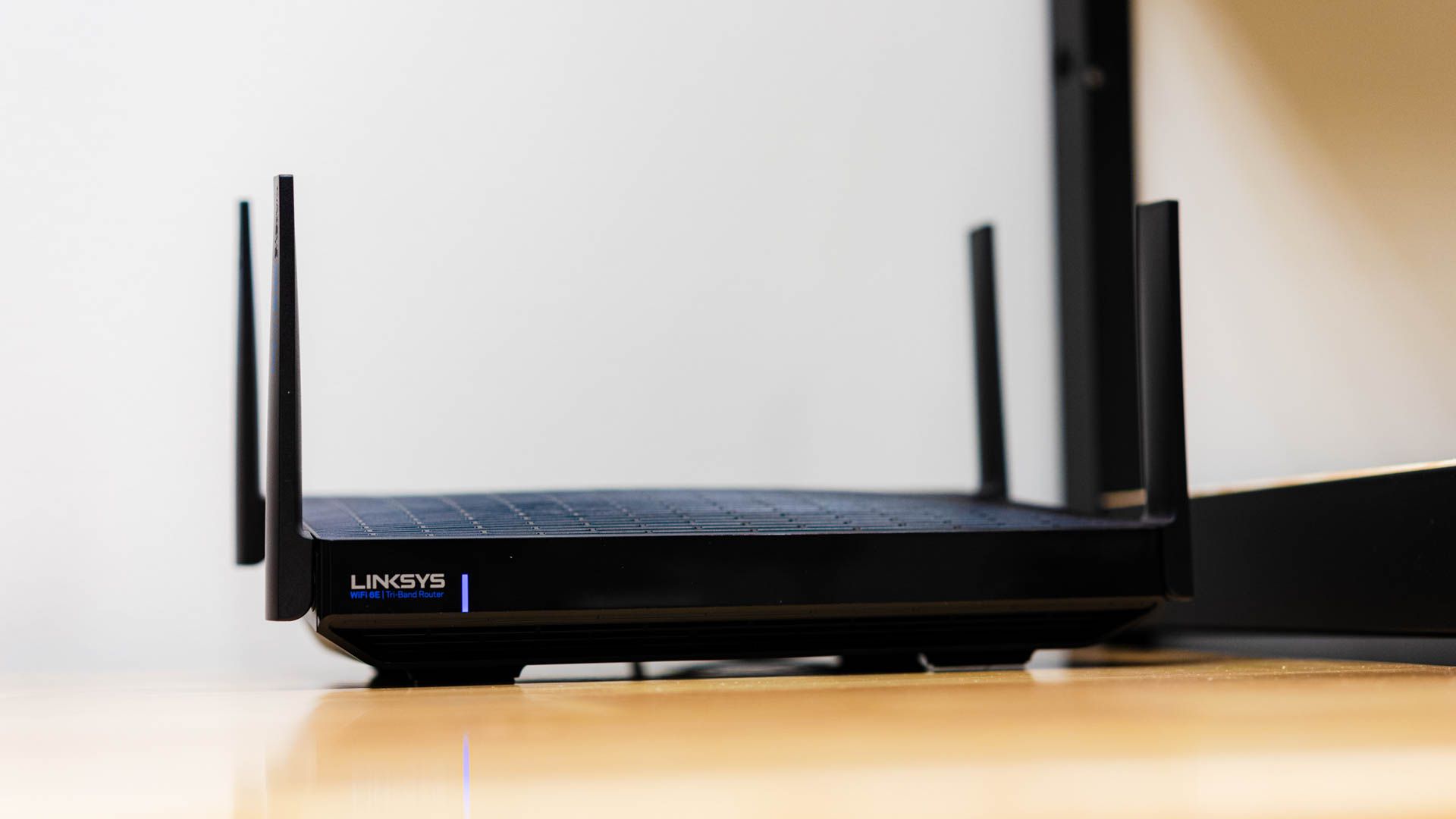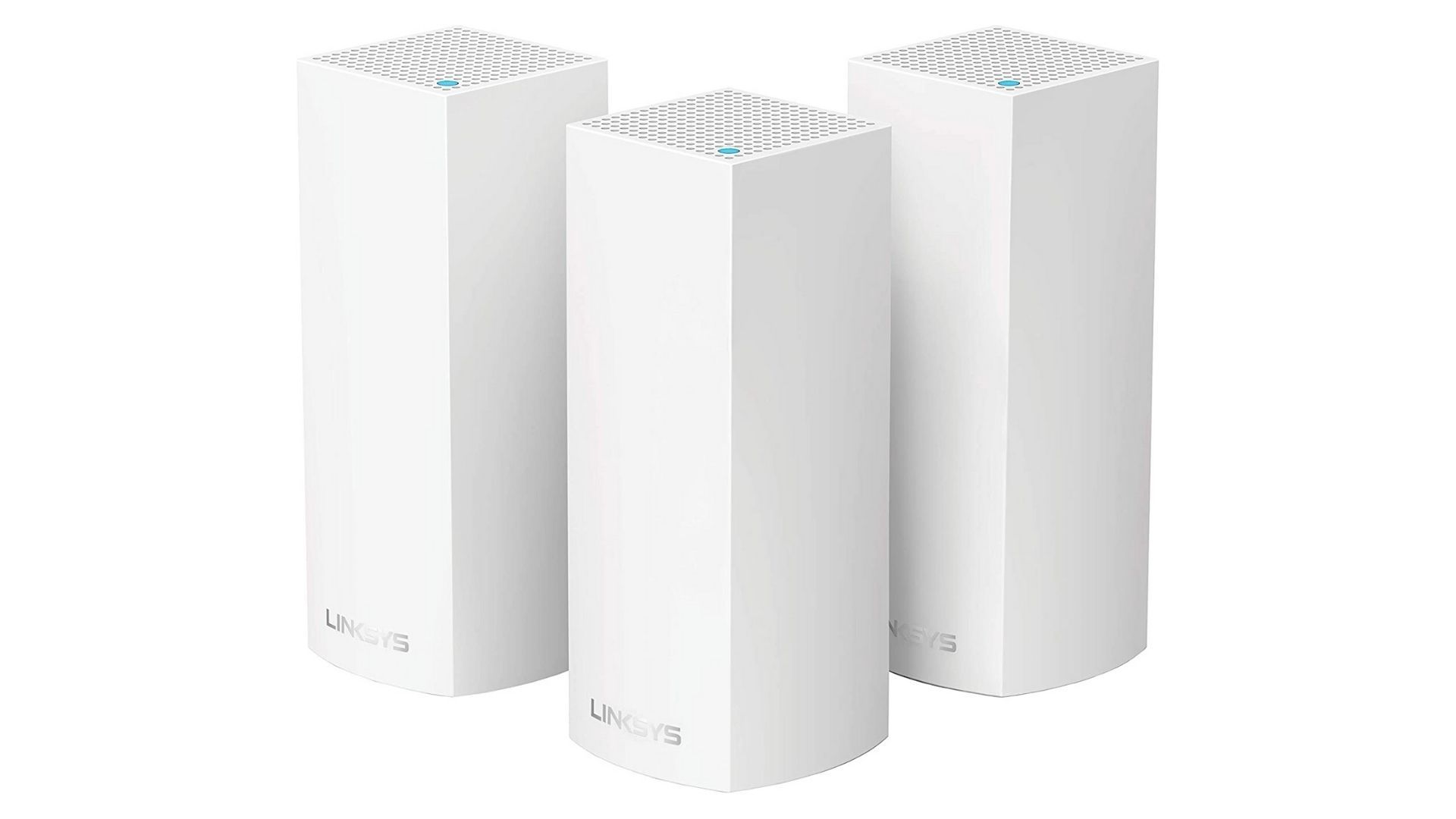
Facing Poor WiFi Connectivity? Follow These Five Steps Prior to Purchasing a New Router

Facing Poor WiFi Connectivity? Follow These Five Steps Prior to Purchasing a New Router
Key Takeaways
- Analyze your Wi-Fi coverage with free apps to pinpoint weak spots before making any changes.
- Relocate your router to the center of your home for optimal coverage without spending much.
- Consider adding nodes for a mesh network or a range extender to improve coverage without high costs.
Poor Wi-Fi coverage doesn’t have to be the bane of your existence, even if you live in a house with massively thick walls. I know because I do, and it was, but now it isn’t. Here’s what I did to ensure I no longer needed to walk around to find “the spot” where web pages would load on my phone.
Analyze Your Wi-Fi Coverage
Before either buying a new router or considering any of the changes suggested below, you should try to understand the current Wi-Fi coverage as thoroughly as possible.
This is easier to do now than ever, thanks to the free Wi-Fi analyzer apps available for phones, tablets, and laptops. You could go to such lengths as using a paid app like Netspot to create a detailed coverage heat map, or simply spend a few minutes running speed and signal tests from different areas of your home and jotting the results down on a scrap of paper.
The important thing is to build up a complete picture based on data, not guesswork. Once you know where the signal is weak, you can look at why and start to plan which changes, including buying a new router , might help.
If I hadn’t done this, I wouldn’t have realized that the wall between my kitchen and living room blocks the Wi-Fi signal like it’s made of solid lead and then been able to plan around the problem area.
Is it worth the effort?
Absolutely. Analyzing my Wi-Fi coverage and looking for reasons why it was weak or strong in certain areas allowed me to make informed choices about how I could improve it. Without this knowledge, any changes I made would have been shots in the dark.
Relocate Your Router for Better Coverage
As a general rule, the best position for your router to provide coverage is going to be somewhere in the center of your home. If you think of the coverage area as a sphere with the router at the center, it should be obvious why.
The initial location of your Wi-Fi router is rarely, if ever, the optimal position for whole-house coverage. This is particularly true if it is still where the broadband carrier engineer first installed it. Their job is to connect your home to the network, not optimize your Wi-Fi coverage.
In my case, the router was installed at the corner of two walls: one external and the other a wall between mine and my neighbor’s property. That meant more than half of the potential coverage area was being completely wasted. Moving it almost anywhere else would have improved coverage.
Repositioning your router can take a bit of time and planning, especially if moving it to a different room entirely, but it rarely needs to be expensive. The 30ft of coaxial cable pre-fitted with male and female connectors I used when moving my router cost around $15. An hour of work pinning cables to the baseboard and drilling a hole in one wall was all it took for me to move my router to a better location.
However, if you live in a rental, check what you’re allowed to do before drilling holes in walls to run cables or making any other permanent changes.
Is It Worth the Effort?
Yes, and it might be the only thing you need to do to improve Wi-Fi coverage. It also makes sense even if you plan to buy a new router at a later date. The best place for your existing router will also be the best place for the next one you buy.
Optimize Your Router Hardware and Software
After I moved my router, I spent some time ensuring it was optimized. That included updating the firmware and buying some better antennae to replace the feeble ones it came with. You could try optimizing your router hardware and software before taking the time to reposition it, but these sorts of tweaks are unlikely to solve serious coverage problems.
I found the instructions for updating my router’s firmware on the Netgear website and the whole process took around five minutes. The most common way to access firmware updates is by typing your IP address into your browser address bar, logging in to the router admin settings, and looking for the “Firmware” or “Update” section.
If your router is a bit older, and new firmware updates aren’t available, installing DD-WRT might provide a slight performance boost. This alternative wireless router firmware was originally developed for Linksys routers but now works with many different models.
Is it worth the effort?
Maybe. Optimizing your router hardware and software can be a relatively quick way to improve general performance. However, coverage improvements are likely to be minimal if the core problem is caused by external factors.
Can You Add Nodes to Create a Mesh?
Typically, you can’t add nodes to a standard Wi-Fi router to create a mesh network. You might be able to connect several routers in Access Point mode to create an approximation of a mesh network, but this rarely works as well as a dedicated mesh system.
However, some mesh routers are sold without nodes, meaning you might already have the option of a mesh without realizing it. A good example is the Linksys Hydra Pro 6 router . The Hydra Pro 6 is sold as a stand-alone Wi-Fi router, but can also be used with most Velop-compatible nodes to create a mesh system.
A quick Google search should tell you if your existing router is mesh-compatible. Buying a mesh node for an existing router will be cheaper than buying a new router and could result in your Wi-Fi coverage doubling.

Linksys
If you are lucky enough to have a mesh-ready router and decide to go down this route, it’s essential to position the mesh nodes correctly . Potential coverage gains can easily be squandered by not optimizing node placement.
Is it worth the effort?
Checking if adding a node or two is an option is undoubtedly worth the effort. My router wasn’t mesh-ready, but it only took a few minutes to find that out. If yours is, it could be a relatively cheap and easy way to vastly improve network coverage.
A Range Extender Might Help, if Used Correctly
Adding a range extender to a stand-alone Wi-Fi router won’t provide the same results as switching to a mesh system, but can help with localized coverage problems. Just don’t expect the router’s overall range to be magically doubled by plugging in a budget extender.
Range extenders, like any piece of networking equipment, have limitations and will perform better in some situations than in others. They tend to work best when in line of sight of the router, are positioned at approximately the same height, and are placed within 25-35ft of the signal source.
That might be good for spreading coverage to the other side of a large open-plan living room, but not for extending the signal to a second-floor room used as an office, as I can attest. I could either get a strong signal between the extender and my computer or a strong signal between the extender and the router, but not both.
Is it worth the effort?
Maybe, if you live in a single-story home and only need to extend coverage to one area. It would usually make more sense to spend $200 on a low-price mesh system than to buy multiple range extenders at $50 each.
A new Wi-Fi router can be expensive, particularly when looking for one that promises to improve coverage. Analyzing and optimizing your Wi-Fi signal, repositioning your existing router, and exploring options to extend the range could save you money, and help avoid the crushing feeling of spending a few hundred dollars on a new router only for the problem to remain.
Also read:
- [New] Expert Picks 7 Premium Mac Videos
- [New] Skip the Struggle Tips on Avoiding Online Edgenuity Lessons for 2024
- [Updated] 2024 Approved Enhancing Video Tracking Adding Timestamps in YouTube
- [Updated] 2024 Approved Leading Digital Image Grabbers
- [Updated] Full Capability Assessment of Sony FDR-X1000 Videography
- [Updated] Premium Portable Switch Game Clones for 2024
- Expert Gadget Analysis at Tom's Electronic Insight Blog
- Exploring Hardware with Tom: In-Depth Analysis of PC Specs and Setup
- Exploring the Features of the Logitech G515: An In-Depth Look at Its Low Profile and Economical Pricing
- Free Online Conversion of Opus Audio Files to Lossless FLAC Format with Movavi
- From Action to Archive Top Screenshot Tools Reviewed
- In-Depth Hardware Reviews by Tom's Technology Experts
- In-Depth Reviews & Comprehensive Guides by Tom's Technology Hub
- Tom's Tech: In-Depth Insights From the World of Computer Hardware
- Unveiling VK: A Closer Look at Russia's Global Counterpart
- Title: Facing Poor WiFi Connectivity? Follow These Five Steps Prior to Purchasing a New Router
- Author: Joseph
- Created at : 2024-10-13 18:23:47
- Updated at : 2024-10-19 12:53:36
- Link: https://hardware-help.techidaily.com/facing-poor-wifi-connectivity-follow-these-five-steps-prior-to-purchasing-a-new-router/
- License: This work is licensed under CC BY-NC-SA 4.0.